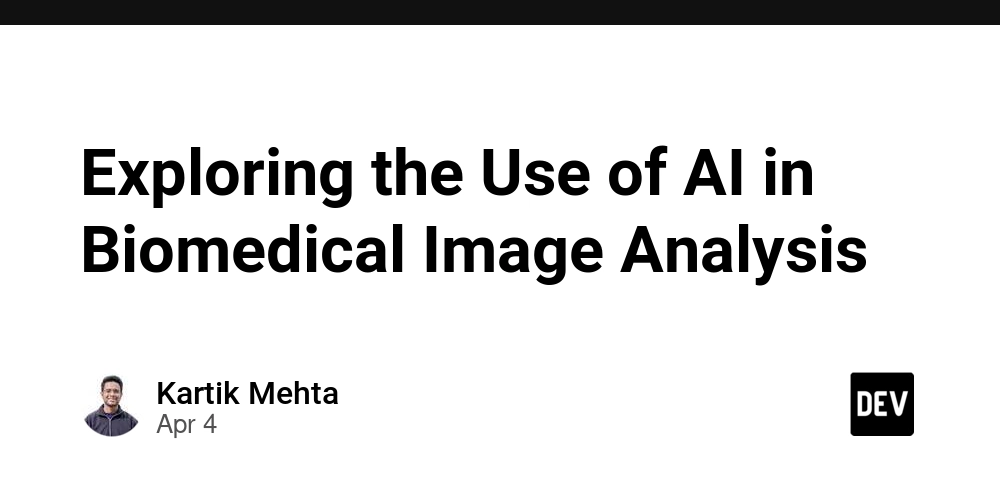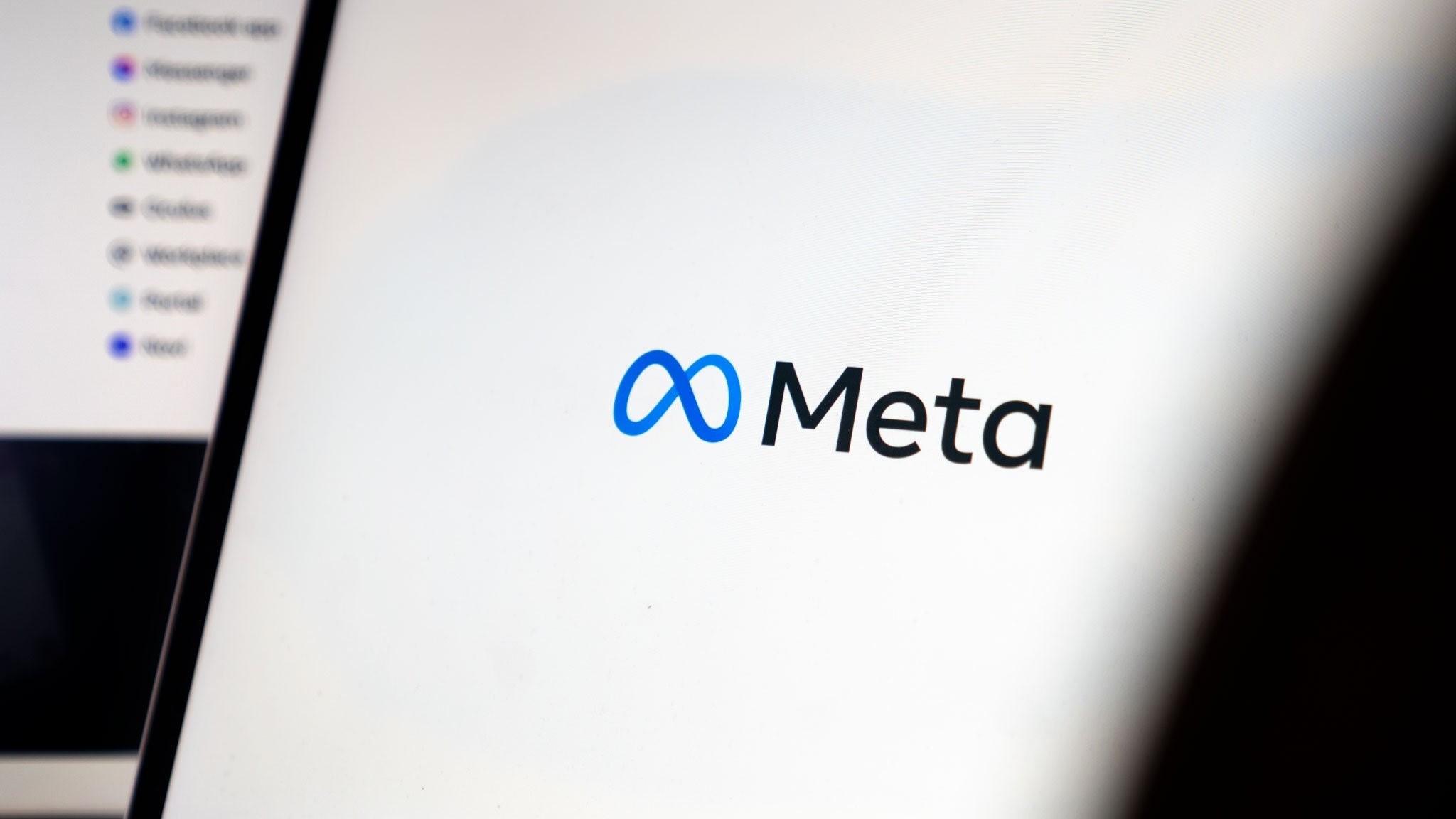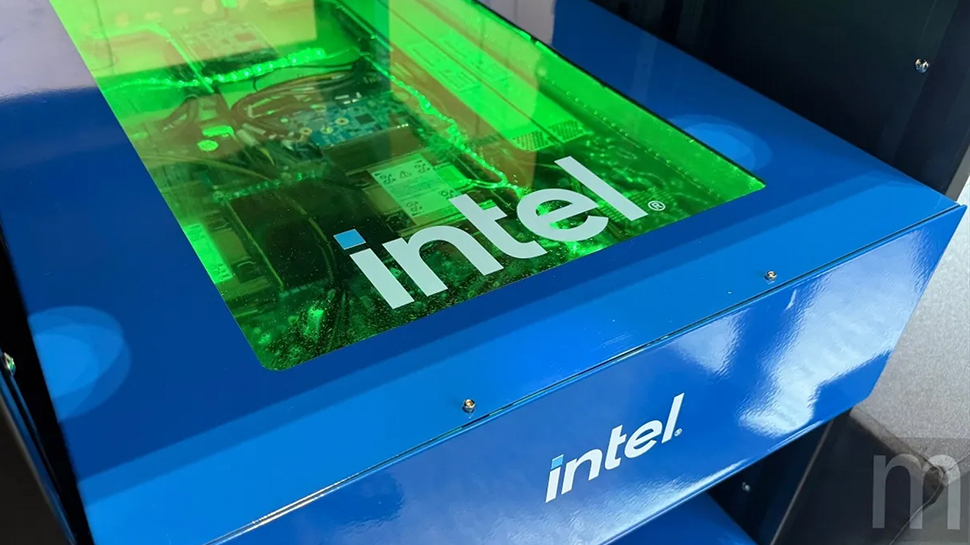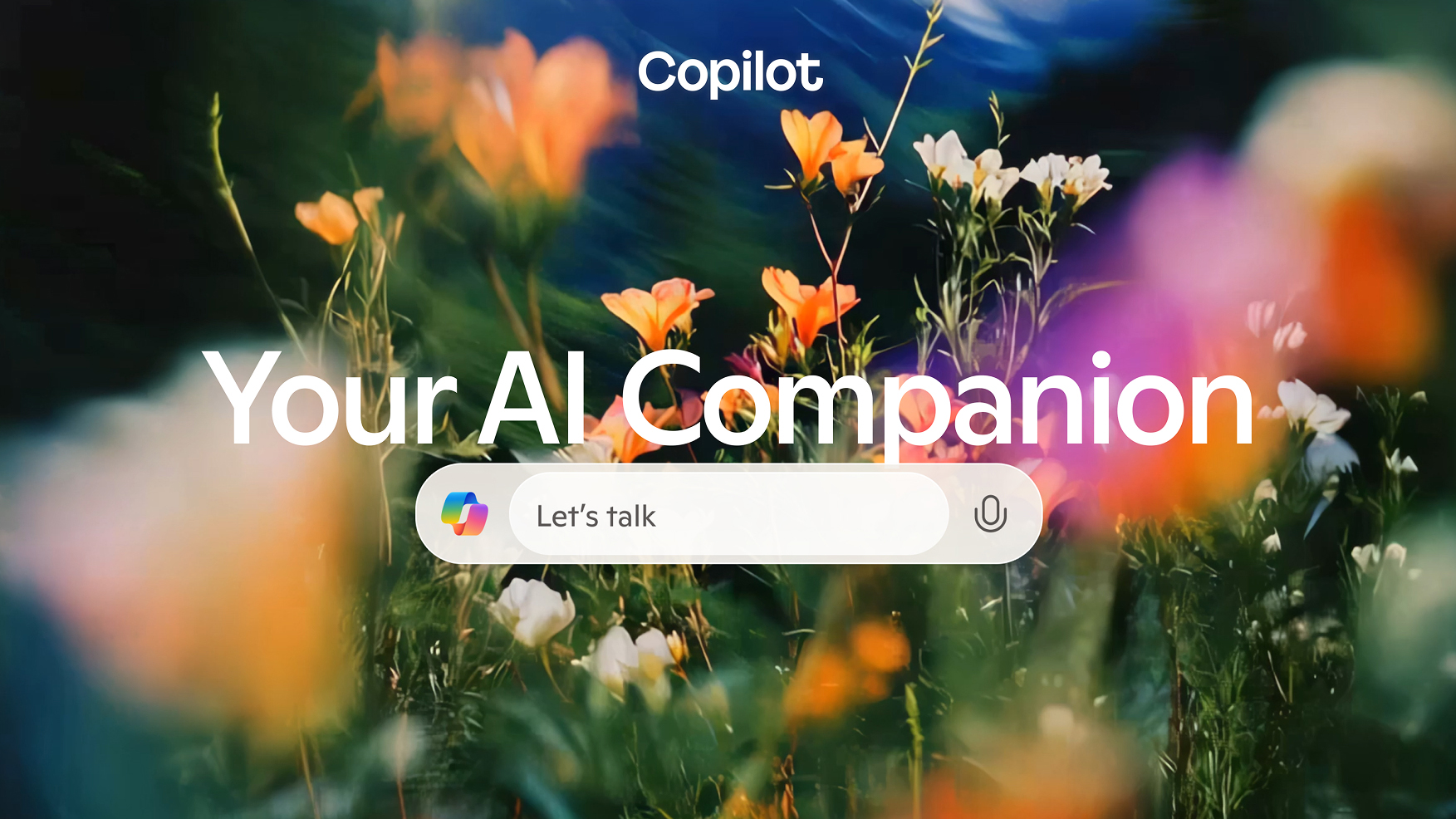Exploring the Use of AI in Biomedical Image Analysis
Introduction: The field of biomedical imaging has greatly benefited from advances in artificial intelligence (AI) technology. AI in biomedical image analysis refers to the use of computer algorithms to interpret and analyze medical images, aiding in the diagnosis and treatment of various diseases. In this article, we will explore the advantages, limitations, and features of using AI in biomedical image analysis. Advantages: Accuracy: AI algorithms can detect even the smallest abnormalities in medical images which might be missed by human eyes, thus improving the accuracy of diagnosis. Speed: The use of AI in image analysis significantly reduces the time taken for analysis and interpretation of medical images, leading to faster diagnosis and treatment. Cost-effective: With the use of AI, a large number of images can be analyzed in a short amount of time, reducing the need for manual labor and ultimately reducing costs. Disadvantages: Lack of human expertise: AI is reliant on the data it is trained on and may not consider other factors that a radiologist or physician would look at in a medical image. Not error-free: AI algorithms can produce false positives and negatives, which can affect the accuracy of the diagnosis. Limited understanding: AI can analyze images, but it may not be able to understand the context or clinical history of the patient, which can lead to misinterpretation of results. Features: Machine learning: This allows the AI algorithm to continuously improve and learn from new data, making it more accurate over time. Segmentation: AI can accurately segment different structures and tissues in medical images, aiding in the diagnosis and assessment of diseases. 3D imaging: AI can handle large amounts of data, making it suitable for analyzing 3D medical images. Conclusion: AI in biomedical image analysis has the potential to revolutionize the field of medical imaging. It has shown great promise in improving the accuracy and efficiency of diagnosis, but it also has some limitations that need to be addressed. With further research and development, AI can become an invaluable tool in the healthcare industry.

Introduction: The field of biomedical imaging has greatly benefited from advances in artificial intelligence (AI) technology. AI in biomedical image analysis refers to the use of computer algorithms to interpret and analyze medical images, aiding in the diagnosis and treatment of various diseases. In this article, we will explore the advantages, limitations, and features of using AI in biomedical image analysis.
Advantages:
- Accuracy: AI algorithms can detect even the smallest abnormalities in medical images which might be missed by human eyes, thus improving the accuracy of diagnosis.
- Speed: The use of AI in image analysis significantly reduces the time taken for analysis and interpretation of medical images, leading to faster diagnosis and treatment.
- Cost-effective: With the use of AI, a large number of images can be analyzed in a short amount of time, reducing the need for manual labor and ultimately reducing costs.
Disadvantages:
- Lack of human expertise: AI is reliant on the data it is trained on and may not consider other factors that a radiologist or physician would look at in a medical image.
- Not error-free: AI algorithms can produce false positives and negatives, which can affect the accuracy of the diagnosis.
- Limited understanding: AI can analyze images, but it may not be able to understand the context or clinical history of the patient, which can lead to misinterpretation of results.
Features:
- Machine learning: This allows the AI algorithm to continuously improve and learn from new data, making it more accurate over time.
- Segmentation: AI can accurately segment different structures and tissues in medical images, aiding in the diagnosis and assessment of diseases.
- 3D imaging: AI can handle large amounts of data, making it suitable for analyzing 3D medical images.
Conclusion: AI in biomedical image analysis has the potential to revolutionize the field of medical imaging. It has shown great promise in improving the accuracy and efficiency of diagnosis, but it also has some limitations that need to be addressed. With further research and development, AI can become an invaluable tool in the healthcare industry.























































.jpg)
%20Abstract%20Background%20112024%20SOURCE%20Amazon.jpg)



















































































































![[The AI Show Episode 142]: ChatGPT’s New Image Generator, Studio Ghibli Craze and Backlash, Gemini 2.5, OpenAI Academy, 4o Updates, Vibe Marketing & xAI Acquires X](https://www.marketingaiinstitute.com/hubfs/ep%20142%20cover.png)












































































































































































































































.jpg?#)






























_Christophe_Coat_Alamy.jpg?#)

_Anna_Berkut_Alamy.jpg?#)














































































































![YouTube Announces New Creation Tools for Shorts [Video]](https://www.iclarified.com/images/news/96923/96923/96923-640.jpg)

































































































































